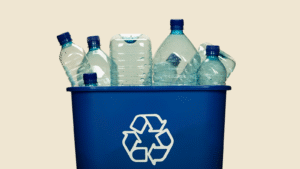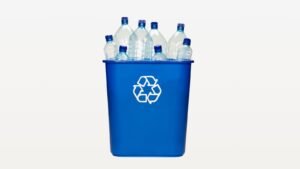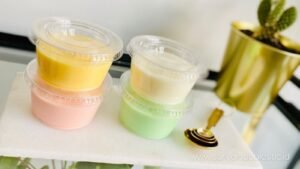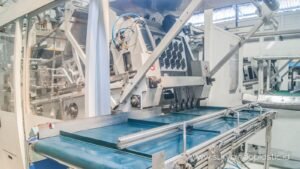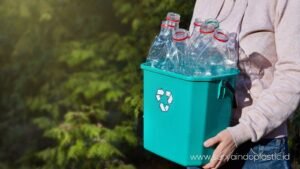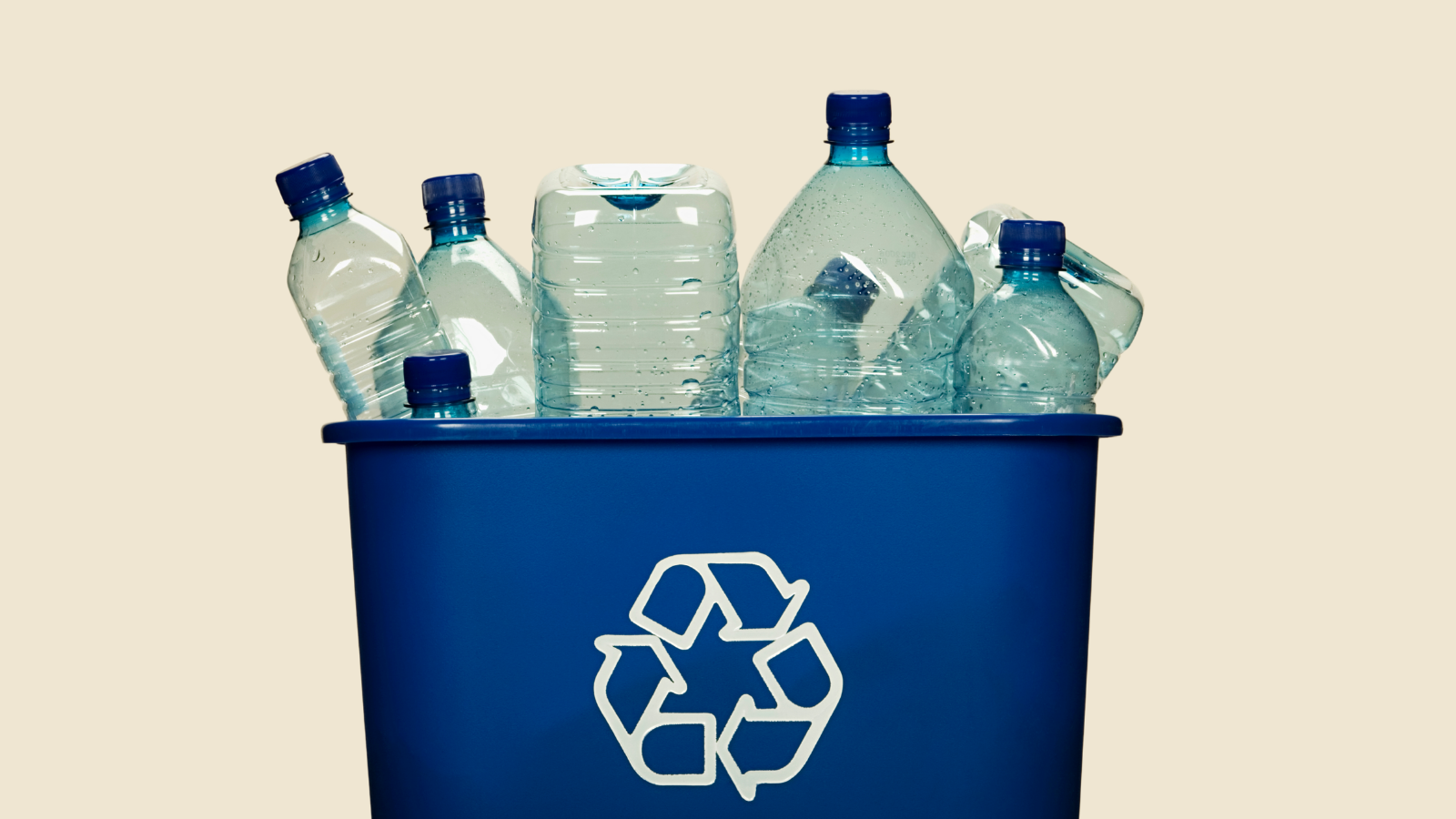
In an era where environmental awareness is growing, recycling plastic bottles waste has become one of the main solutions to reduce plastic pollution. One of the most valuable and widely used recycled materials in the industry is rPET (recycled Polyethylene Terephthalate). But how exactly does a used plastic bottle transform into usable rPET? Let’s explore this sustainable journey.
1. Collecting Used Plastic Bottles
The first step in the process begins with the collection of used PET plastic bottles from recycling bins, waste processing centers, restaurants, and public facilities. Public participation is crucial at this stage, as the success of recycling greatly depends on proper waste separation at the source.
2. Sorting and Cleaning
Once collected, the plastic bottles are taken to recycling facilities to be sorted by color, plastic type, and physical condition. This sorting is essential to produce high-quality rPET. The bottles are then washed to remove labels, caps, beverage residue, and other contaminants.
3. Shredding and Drying
The cleaned plastic bottles are shredded into small flakes. These flakes are then dried to ensure there is no moisture that could interfere with the next stages of the process.
4. Extrusion and Pelletizing
The dried plastic flakes are then heated and melted in an extruder. This melted plastic is then shaped into small pellets called rPET pellets, which will be reused as raw material for various plastic products, including food and beverage packaging, new bottles, and even textiles.
5. New Products from rPET
These rPET pellets are now ready to be reused by manufacturers. One of the most common applications is in producing eco-friendly food and beverage packaging, including plastic cups, drink bottles, and ready-to-eat containers. Compared to virgin PET, rPET offers a lower carbon footprint and helps reduce the need for new raw materials.
Read More: rPET a Small Step Toward a Greener Earth
Why is rPET More Sustainable?
-
Reduces Plastic Waste: Every recycled bottle avoids ending up in landfills or the ocean.
-
Saves Energy and Emissions: rPET production requires significantly less energy than virgin PET.
-
Supports a Circular Economy: Reusing existing materials contributes to a more sustainable business model.
Challenges and the Road Ahead
Despite its many benefits, rPET still faces challenges such as consistent access to clean recycled materials and market perception of recycled products. However, with ongoing education and collaboration from various sectors, rPET holds strong potential as a key solution to reduce reliance on single-use plastics.
Conclusion:
The journey from a used plastic bottle to rPET is a real example of how waste can be transformed into high-value products. By continuing to support recycling efforts and choosing rPET-based products, we can all play a part in building a greener and more sustainable future.
Switch to Eco-Friendly Packaging Today!
Interested in using 100% recycled rPET packaging for your business? Let’s build a greener, more responsible business—together!
Contact Us Today
Interested in our RPET cups or want to request a quote?
Get in touch with our team:
Email: hello@suryaindoplastic.com
WhatsApp: 08111-22-1243

